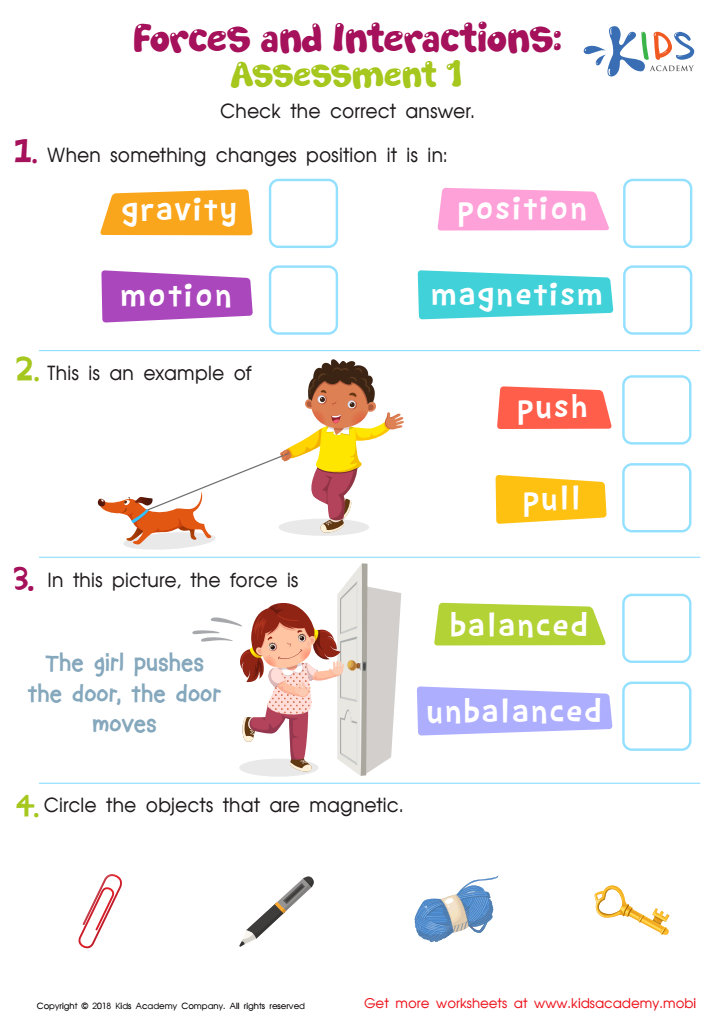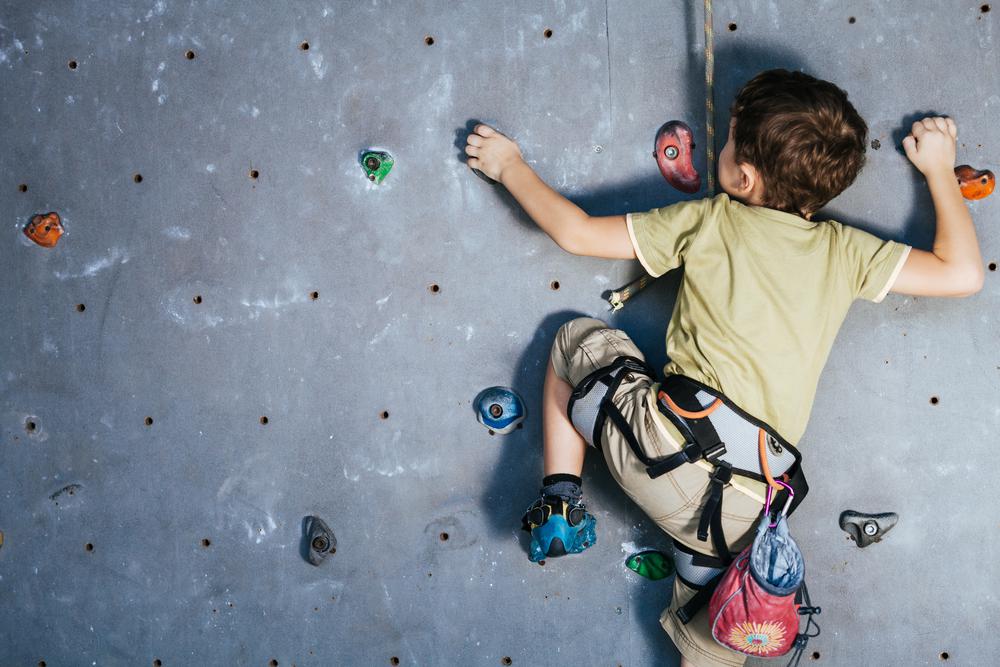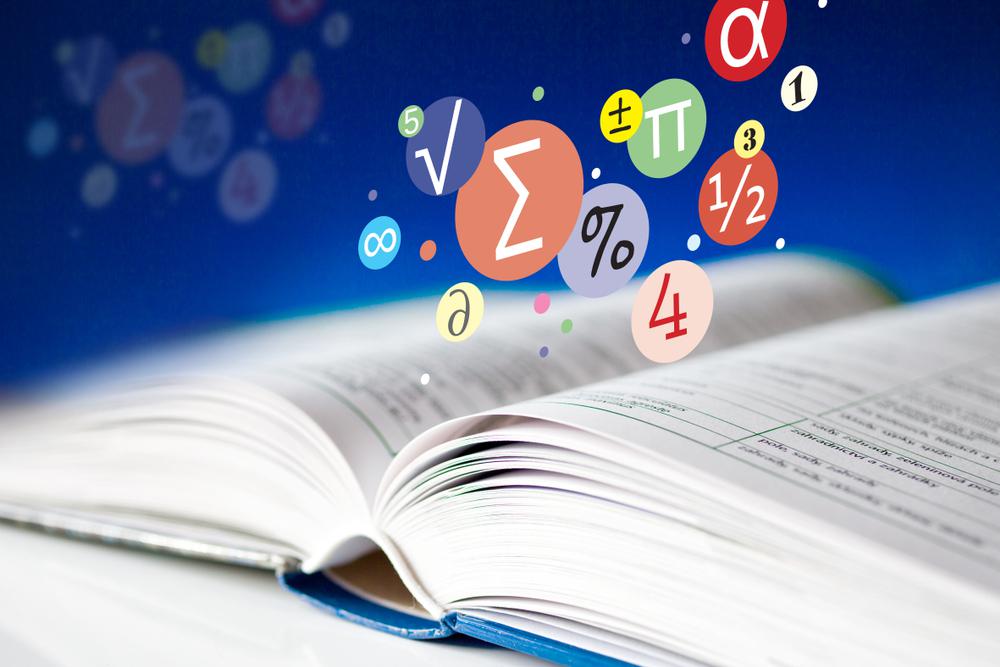Grasping push/pull concept Worksheets for Kids
1 filtered results
-
From - To


Forces and Interactions Printable
Question/Answer
What are some effective activities to train students’ Grasping push/pull concept skill when teaching them about Physical Science?
Effective activities include tug-of-war to demonstrate push and pull forces, using toy cars for pushing and pulling on different surfaces to explore friction, playing with magnets to illustrate attraction (pull) and repulsion (push), and using spring scales to measure the force of pulling objects. These hands-on experiences help students understand and apply the push/pull concepts in real-world contexts.
How does the mastery of the Grasping push/pull concept skill affect a student's performance at an early age?
Mastery of the Grasping push/pull concept skill at an early age significantly enhances a child's motor skills, hand-eye coordination, and spatial awareness. This foundational skill contributes to better performance in physical activities, writing, and manipulative tasks, leading to improved learning outcomes and confidence in a variety of educational and everyday settings.
What does the Grasping push/pull concept skill mean when it comes to Grade 3 Physical Science learning?
The Grasping push/pull concept skill in Grade 3 Physical Science involves understanding how forces can move objects. Specifically, it teaches students that pushing or pulling on an object can change its motion or direction. This concept lays the foundation for more complex physics principles, emphasizing hands-on learning and observation of how forces affect objects in their environment.
 Assign to the classroom
Assign to the classroom











